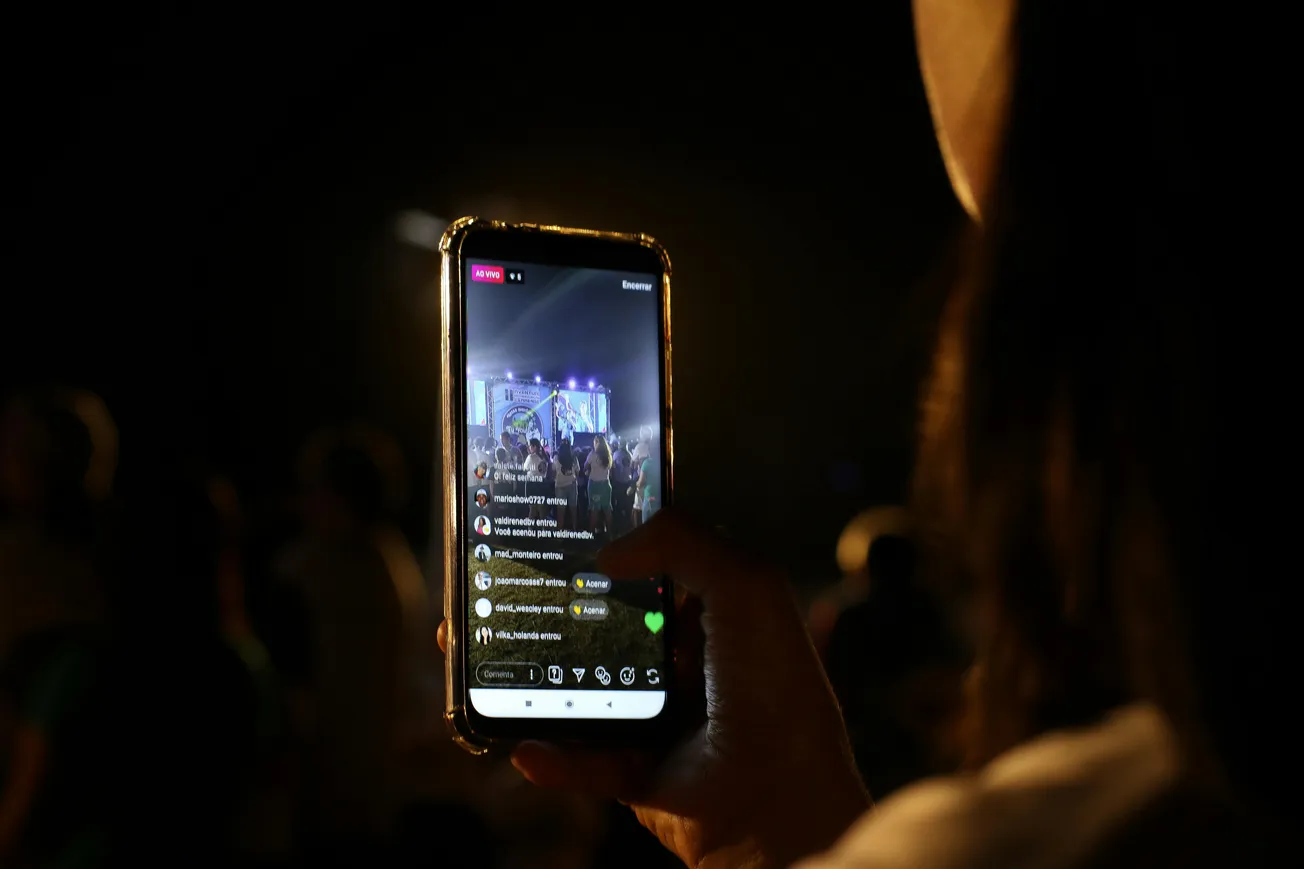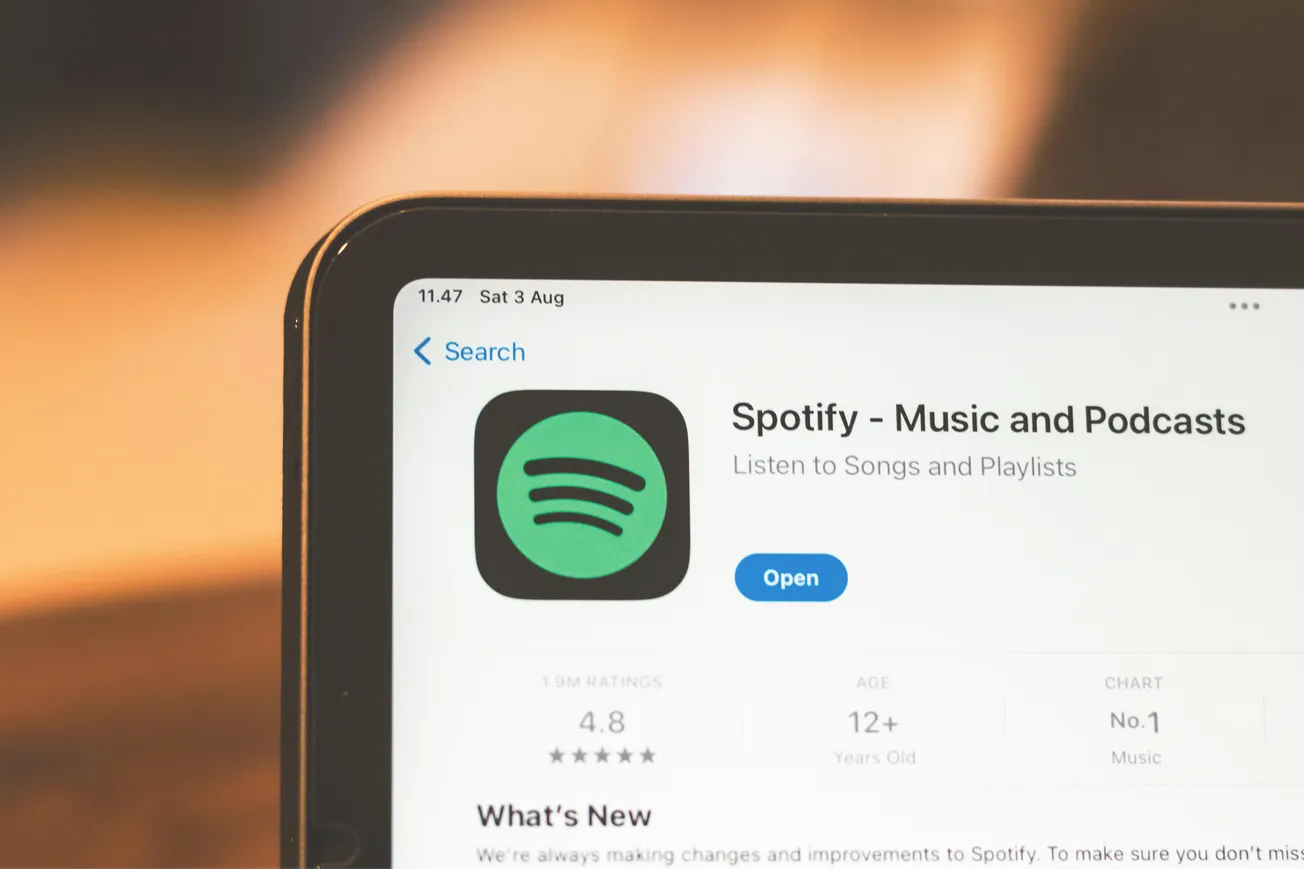In today's fast-paced digital world, a powerful psychological trigger known as FOMO, or the Fear of Missing Out, is increasingly being harnessed by marketers.
This phenomenon, where individuals feel anxious about being excluded from valuable or exciting experiences, is a key driver of consumer behavior. Understanding its nuances can significantly boost engagement and sales.
What is FOMO?
FOMO, an acronym for Fear of Missing Out, describes the unsettling feeling of being excluded from something perceived as valuable, exciting or rewarding. This can range from missing a limited-time discount to not participating in a viral trend. It inherently creates a sense of urgency, often prompting immediate action.
Why FOMO Matters in Marketing
Statistics reveal that a significant portion of consumers make purchases due to FOMO, often within a day. By strategically tapping into this urgency, businesses can accelerate their audience's decision-making process.
In a crowded marketplace, well-executed FOMO marketing, when used ethically, helps brands cut through the noise and capture attention.
The Psychology Behind FOMO
FOMO is driven by two core psychological principles: social comparison, where individuals gauge their worth against others' experiences, and loss aversion, the tendency to prioritize avoiding losses over acquiring equivalent gains.
This combination creates a potent sense of urgency, particularly effective on dynamic social media platforms.
Real-World Signals of FOMO
FOMO manifests in various marketing tactics, including:
- Countdown timers for limited-time offers or webinar registrations.
- Limited-edition product releases.
- User-generated content showcasing community participation.
- "Last chance to save!" notifications.
These elements, when used effectively, serve as storytelling tools that highlight value and build anticipation.
Types of FOMO Marketing
Several strategies effectively trigger FOMO:
- Time-Based FOMO: Utilizes limited-time offers, such as flash sales or early-bird pricing deadlines, to encourage immediate action.
- Scarcity-Based FOMO: Emphasizes limited quantities, like "Only X left in stock!" or exclusive access, to increase perceived value.
- Social Proof FOMO: Leverages the tendency to follow the crowd by showcasing popular products, customer testimonials, or high participation rates.
- Event-Based FOMO: Creates excitement around exclusive or temporary events like product launches or live Q&A sessions.
Creating Effective FOMO Content
To implement FOMO marketing successfully, focus on building excitement and urgency around genuinely valuable offerings. This can be achieved by:
- Incorporating scarcity and urgency in messaging with phrases like "Going fast" or countdown timers.
- Building FOMO on social media through behind-the-scenes content, user-generated posts, and interactive stories.
- Creating exclusivity via private groups, waitlists, or insider perks.
- Highlighting real-time activity, such as "X people are viewing this now," to foster social proof.
- Using evocative language that prompts action, such as "Don't miss out" instead of "Buy now."
FOMO Alternatives
While powerful, FOMO isn't always the best approach. Alternatives include empowerment-based messaging, value-first marketing, community-led growth, and inspiration over urgency, which foster long-term trust and loyalty.









